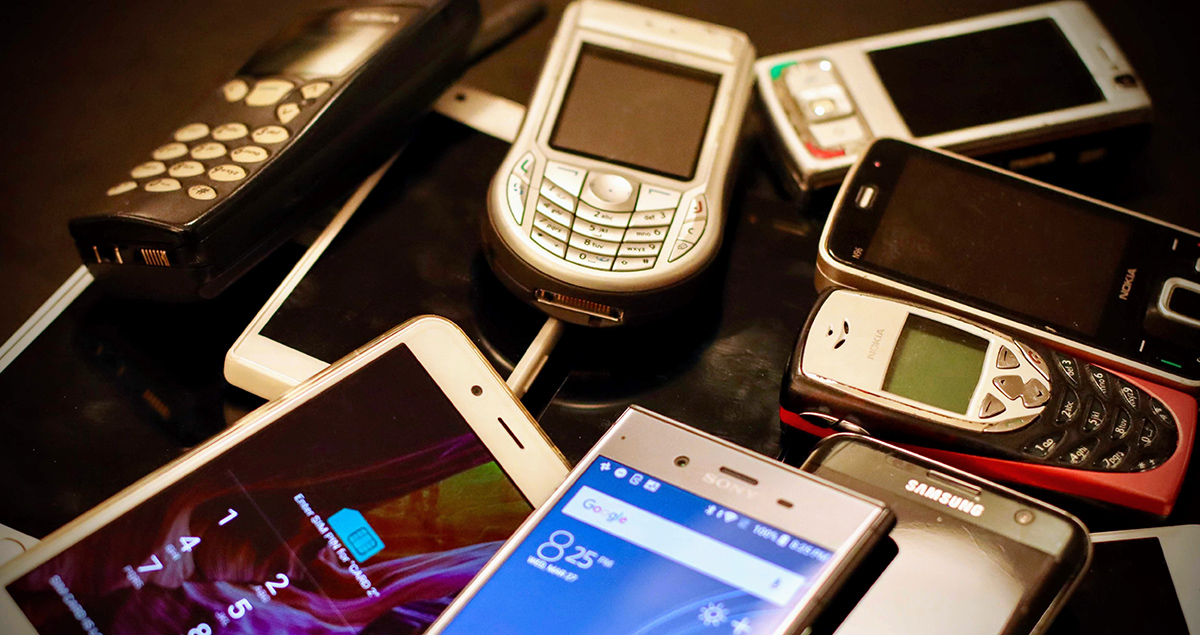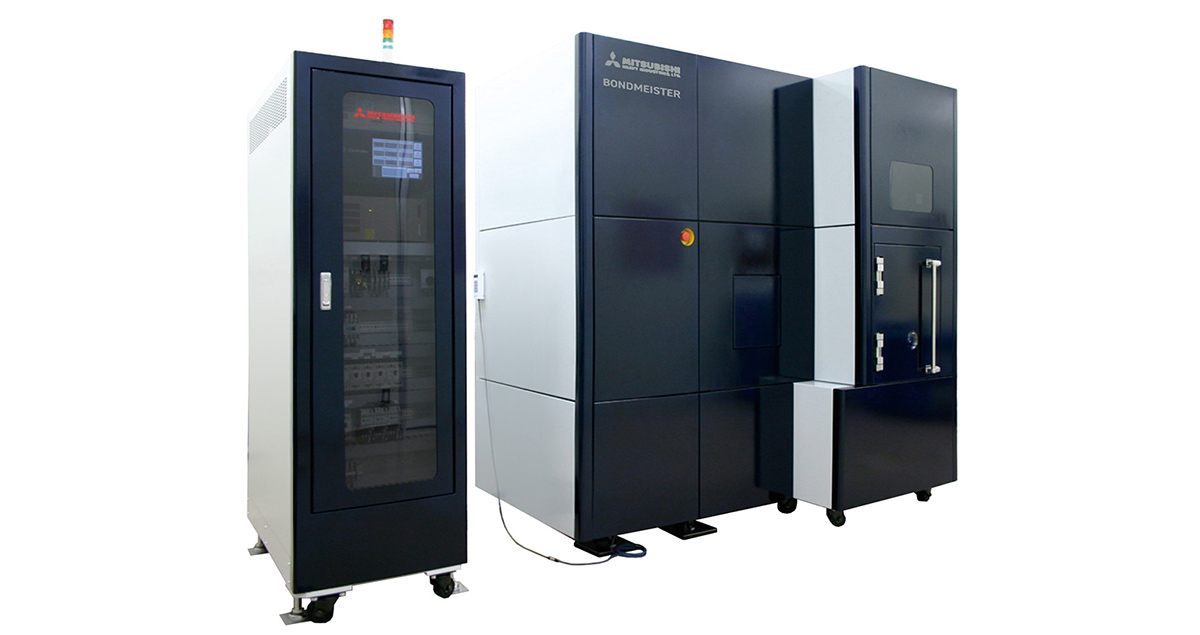The technical hurdle 5G must jump to bring us smart cities

In 1926, first-class travelers on trains between Berlin and Hamburg not only enjoyed better seating and food than those in lower-class carriages, but they could also make mobile phone calls for the first time in history.
Nearly a hundred years on from this first commercial mobile telephony service, we’re ushering in the fifth generation of mobile network technology, or 5G.
Each mobile generation has brought us new advances – from text messaging and apps to video calling and satellite navigation. And 5G is expected to take this to the next level − by enabling real-time services for smart cities and far-reaching industrial automation. Compared to 4G, it will be about 10 times faster, with speeds higher than 1 Gbps, compared to 4G’s 23-35 Mbps.
To transport signals at such a pace, 5G mobile networks rely on very high radio frequencies that need to be transmitted with maximum accuracy. This poses a significant challenge for those involved in making 5G chips for mobile handsets.

Enabling smart cities
5G will enable mobile networks to carry much more time-sensitive services – services that used to require fixed-line connectivity to work. It has potential for real-time processing and analyzing large amounts of sensor data that could feed into a wide variety of new ‘fast-response’ business and consumer applications.
For instance, factories or production processes could be managed more efficiently based on an ongoing flow of sensor information. But 5G will really come into its own in enabling intelligent services for ‘smart city’ infrastructure.
Transport authorities in many of the world’s congested cities could monitor and optimize traffic in real time by adjusting lights and routing drivers onto less busy roads. The technology could also help allocate electricity dynamically across a city’s or country’s power grid to where it’s needed, rather than simply generating more when demand peaks.
It could also improve services such as elderly care by monitoring the vital signs of older citizens and alerting their carers or the emergency services if any abnormalities are detected.
Feeling the heat
But allowing mobile connections between these ‘smart’ services and applications comes with its challenges.
To achieve its high data transmission speeds and low-latency connections, 5G uses radio waves with much higher frequencies than previous mobile generations.
The higher the frequency, the steeper the resulting radio wave becomes. These high-frequency waves don’t travel as far as the longer, lower-frequency waves, and more mobile phone masts are needed to transport them than before.
High accuracy of the transmitted signal is also critical.
This is the job of radio frequency filters in mobile handsets, especially surface acoustic wave (SAW) filters. These filters ensure that only exact frequencies are transmitted.
However, achieving this level of filtering accuracy is hampered by some of the production methods currently used.
The most common technique for making SAW filters involves applying heat to bond together filter material and support material such as silicon wafers. The problem is that heat is detrimental to the integrity of the materials used for filtering. Although the chips can be reinforced with a sapphire or silicon backing, the heat ultimately reduces the accuracy of the filter. In the worst case, a handset could end up transmitting on an entirely different frequency.
This was less of an issue with previous mobile standards that operated on a wider range of frequencies, but a different solution was needed for 5G.

Bonding at room temperature
Mastering this challenge in a viable manner could be down to a solution developed and standardized nearly 20 years ago at the University of Tokyo by Professor Tadatomo Suga.
In his research, he found that heat distortion could be avoided by bonding wafers in a vacuum at room temperature, laying the foundations for surface-activated bonding (SAB).
His theory and findings were picked up by Mitsubishi Heavy Industries (MHI) Group and commercialized on a mass-production scale by MHI Machine Tool (MAT).
Its ‘Bond Meister’ machine employs a process called surface activation, which uses a vacuum to bond together materials that would not normally bond at room temperature.
Not only does this eliminate thermal strain, it increases yield too. Productivity can also be raised because you no longer have to factor in a heating and cooling cycle.

Phones are just the beginning
SAB technology is not a one-trick pony: it has a wide range of applications beyond mobile phones and can be found in digital cameras, automobile sensors, and healthcare equipment such as digital thermometers.
But 5G will see SAB come truly into its own. Despite the pandemic, the worldwide 5G infrastructure market is expected to nearly double in 2020, reaching more than $8 billion, according to industry analyst Gartner. Shipments of 5G-enabled smartphones are set to grow to nearly 280 million units, mainly driven by high demand in China. By 2028, experts expect the overall 5G market to reach over $3 trillion.
As 5G networks proliferate, and smart services using 5G’s high-speed connectivity make their entrance, room-temperature bonding looks set to be perfectly positioned to take advantage.
Read more about surface-activated bonding





